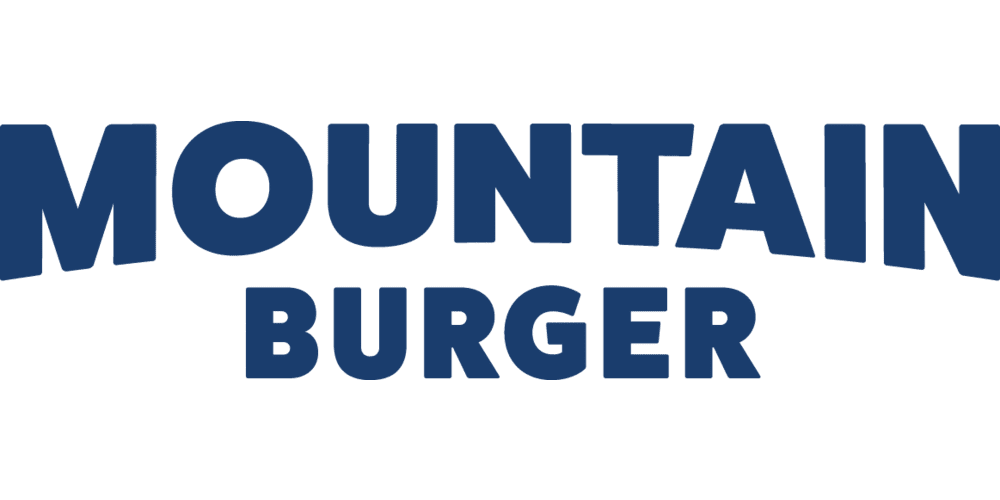North 44 Farm practices Management-Intensive Grazing (MiG) which means they move their sheep to new grass every three days. When the growing season is over and grass has gone dormant in the winter, the sheep are fed sheep hay that’s grown right there on the farm. North 44 Farm prides itself on grass-fed and antibiotic-free Katahdin sheep. Check out North 44 Farm to learn more about their practices and products.
What is grass-fed?
According to the USDA, grass and forage is fed to the animal for the duration of their lifetime, except for milk before the animal is weaned. The diet must come from forage which includes grass, forbs, browse, or cereal grain crops in the vegetative (pre-grain) state. Furthermore, the animals can’t be fed grain or grain byproducts and are required to have continuous access to the pasture during the growing season.
What is Management Intensive Grazing (MiG)?
MiG is a grazing method that uses repeating periods of grazing and rest using two or more paddocks or pastures. Grazing animals may only utilize a portion of the forage in a pasture with the rest going to waste for a number of reason including only grazing near resources like shade and water, preference for leafy portions of forages, and the return to grazed areas that has fresh regrowth over previously ungrazed areas.
What are the advantages of MiG?
MiG allows rest periods for plants to allow new growth for the next grazing cycle and improve root depth and stand life as well. MiG also decreases damage to plants and soils from hooves which can improve the productivity and persistence of forages. Furthermore, smaller grazing paddocks result in more evenly distributed manure (which positively contributes to soil health) as well as increased carrying capacity as animals utilize more of the forage in the paddock, reducing waste.
Check out more about management-intensive grazing:

Share:
What are LED light bulbs?
Forget to turn off the lights? Sensor lights can help.